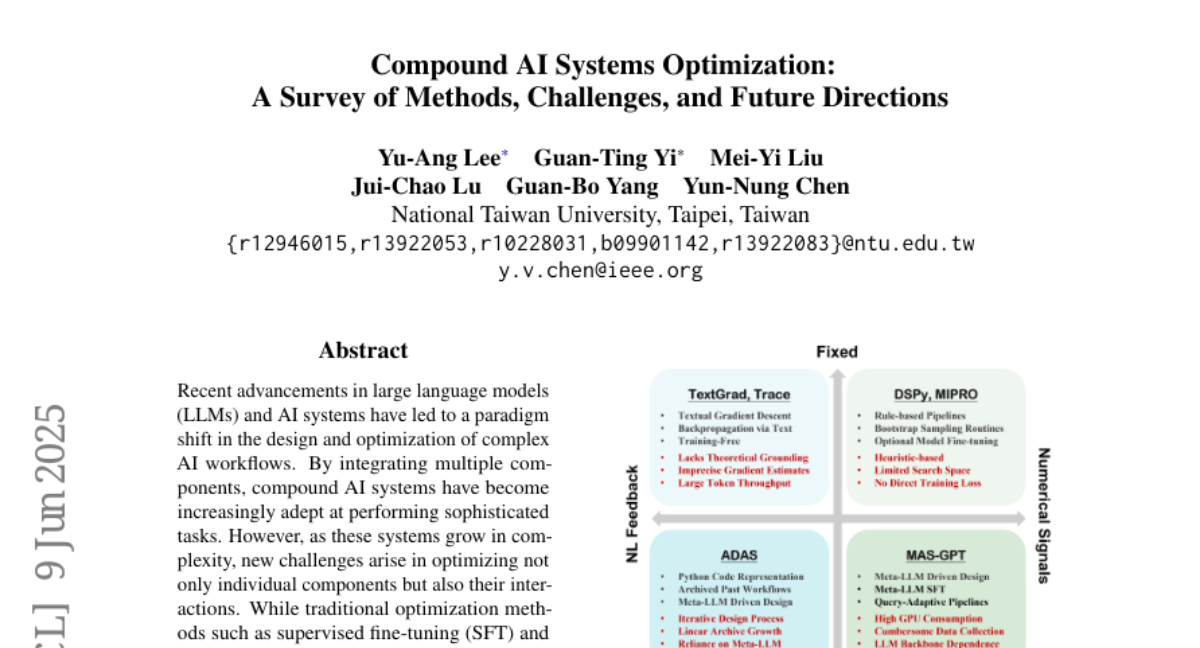
Submitted by
 YuSun-AI
YuSun-AI
 YuSun-AI
YuSun-AIGet trending papers in your email inbox once a day!
Get trending papers in your email inbox!
Subscribe
 YuSun-AI
YuSun-AI


 stefan-it
stefan-it

 awojustin
awojustin
 gallilmaimon
gallilmaimon
 Howe77
Howe77
 sayakpaul
sayakpaul

 BiaoGong
BiaoGong

 upup-ashton-wang
upup-ashton-wang

 xhluca
xhluca

 reach-vb
reach-vb
 zbrl
zbrl


 billpsomas
billpsomas


 codelion
codelion





 vincolle
vincolle
 msadat97
msadat97





 xinjjj
xinjjj


